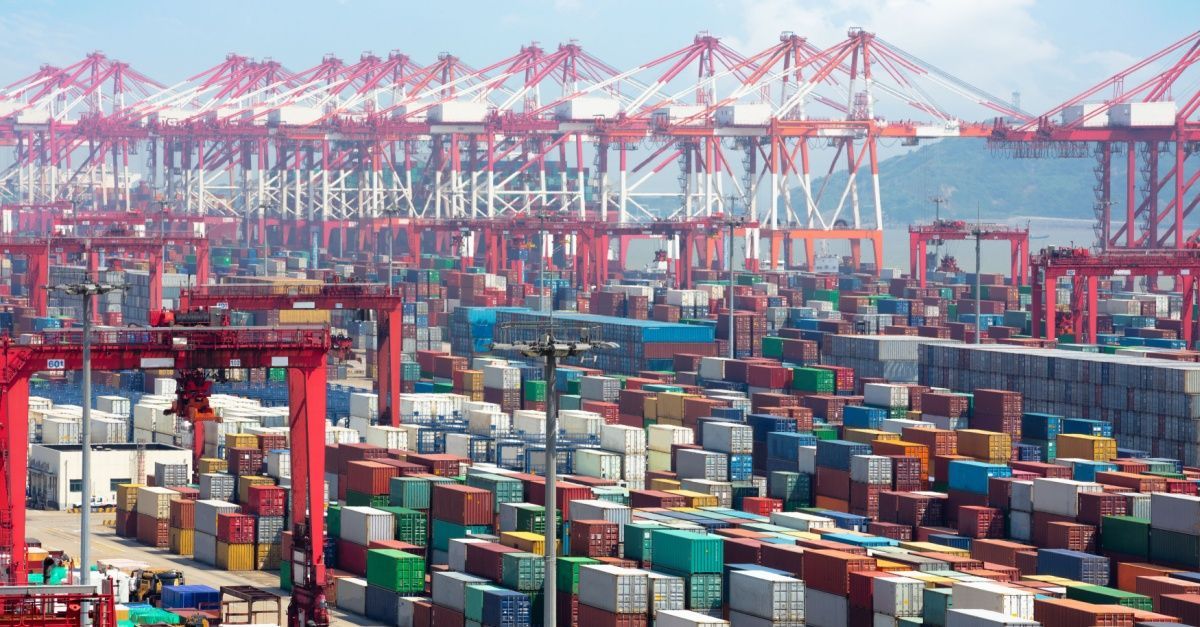Building Resilient Manufacturing Supply Chains in an Era of Trade Shifts
Blog Post CTA
The lean model may be the holy grail of manufacturing supply chains, but that alone won’t save you. It is a resilient manufacturing supply chain that will save you. Many teams are stuck chasing the lowest cost and thin inventory, as they witness delays turn minor issues into lost orders. The winning formula today is simple: Design for flexibility first, then price for resilience.
The Pillars of a Resilient Manufacturing Supply Chain
Here is a brief list that every plant leader or manufacturer can present to leadership. These pillars convert supply chain volatility into faster recovery and steadier service.
1. Diversified Suppliers and Sourcing Regions
Spread critical parts across regions to cut exposure to tariffs, storms, or bans. McKinsey notes that disruptions of a month or longer occur every 3.7 years, a rhythm that punishes single-source bets. Diversification protects margins.
2. Flexible Transportation Options
Build modal choice into every lane to boost agility. Use full truckload for speed, less-than-truckload for scale, intermodal for cost, and reefer for food safety. A provider that can flip modes on short notice helps you meet OTIF and protect revenue.
3. Agile Production and Distribution Networks
Place regional hubs near demand to shrink lead time and risk. Cross‑docking and nearshoring move goods faster and hold less stock in the wrong place. This design raises service and reduces working capital.
4. Data Visibility and Predictive Analytics
Provide planners with real-time views of inventory, orders, and carrier status. Utilize predictive alerts for port queues, weather, and strikes to inform reroute planning. Better visibility turns surprises into planned moves and a steady flow.
5. Integrated Logistics Solutions for Agility
Connect procurement, warehousing, and transportation under one playbook to streamline processes, reduce handoffs, and boost agility, thereby reducing dwell time and delivering flexible logistics solutions.
Best Practices for Risk Mitigation in Manufacturing Supply Chains
Risk mitigation is no longer an option. But we have outlined a playbook that manufacturers aiming for resilience can stress‑test today and deploy tomorrow. Each move is practical, pilotable, and proven.
1. Scenario Planning and Contingency Strategies
Start with three high‑impact threats: a port closure, a tariff hike, and a raw‑material shortage. Build “if‑then” playbooks with trigger points, backup carriers, and approved suppliers. Maintain a dual-source plan for each SKU exceeding your ABC threshold and review it quarterly with finance.
2. Strategic Partnerships with 3PLs Like EFS
Resilience is not a company issue; it’s a supply chain issue, and recovery depends on the network. Lock in a 3PL that brings FTL, LTL, reefer, and cross‑docking under a control tower. You gain surge capacity and guaranteed cold chain integrity, which speeds up decision-making, reduces handoffs, and lowers dwell time and claims.
3. Inventory Optimization and Safety Stock
A disruption can erase 30% of one year’s EBITDA over a decade, making smart buffers a relatively inexpensive form of insurance. Set service targets by customer tier, not averages, and place a buffer where it protects revenue. Use demand forecasting and regional warehousing to move safety stock closer to buyers
4. Regulatory and Compliance Management
Assign one owner to track tariffs, export regulations, and labeling requirements. Keep digital files ready for audits and use brokers that update HS codes on a weekly basis. Clean paperwork prevents holds, protects shelf life, and keeps trucks moving with precision.
5. Building Redundancy Without Adding Cost
Supply chain resilience enables organizations to anticipate and quickly recover from disruptions, which is why it is important to treat resilience as a design spec, not an afterthought. Aim for selective redundancy, not blanket duplication. Split volumes across two qualified suppliers and test alternates every quarter with small lots. Utilize staggered shipping schedules and modes to mitigate risk and reduce costs.
Proof From the Field and Numbers That Move Action
Most supply chain teams have started to harden operations against global trade disruptions. According to McKinsey’s 2022 survey, 97% of companies reported using a combination of higher inventory, dual sourcing, and regionalization to enhance their resilience. Leaders said these moves minimized disruption in 2022, validating manufacturing supply chain risk mitigation that pays back.
A mid‑market food producer proved foodservice supply chain resilience during a heat wave by shifting two lanes to reefer, cross‑docking near retail DCs, and holding a week of extra stock near demand. Service levels remained high, waste decreased, and customers noticed the improved speed.
Resilient Manufacturing Supply Chains With EFS
Manufacturing success depends on expandability, quality, and integrated systems to handle the delicate needs of transporting goods early in the manufacturing process. And this is where
Entourage Freight Solutions shines. We are the one-stop third-party logistics solutions built to support every aspect of the supply chain operation. Get in touch for logistics solutions that turn volatility into strength.









